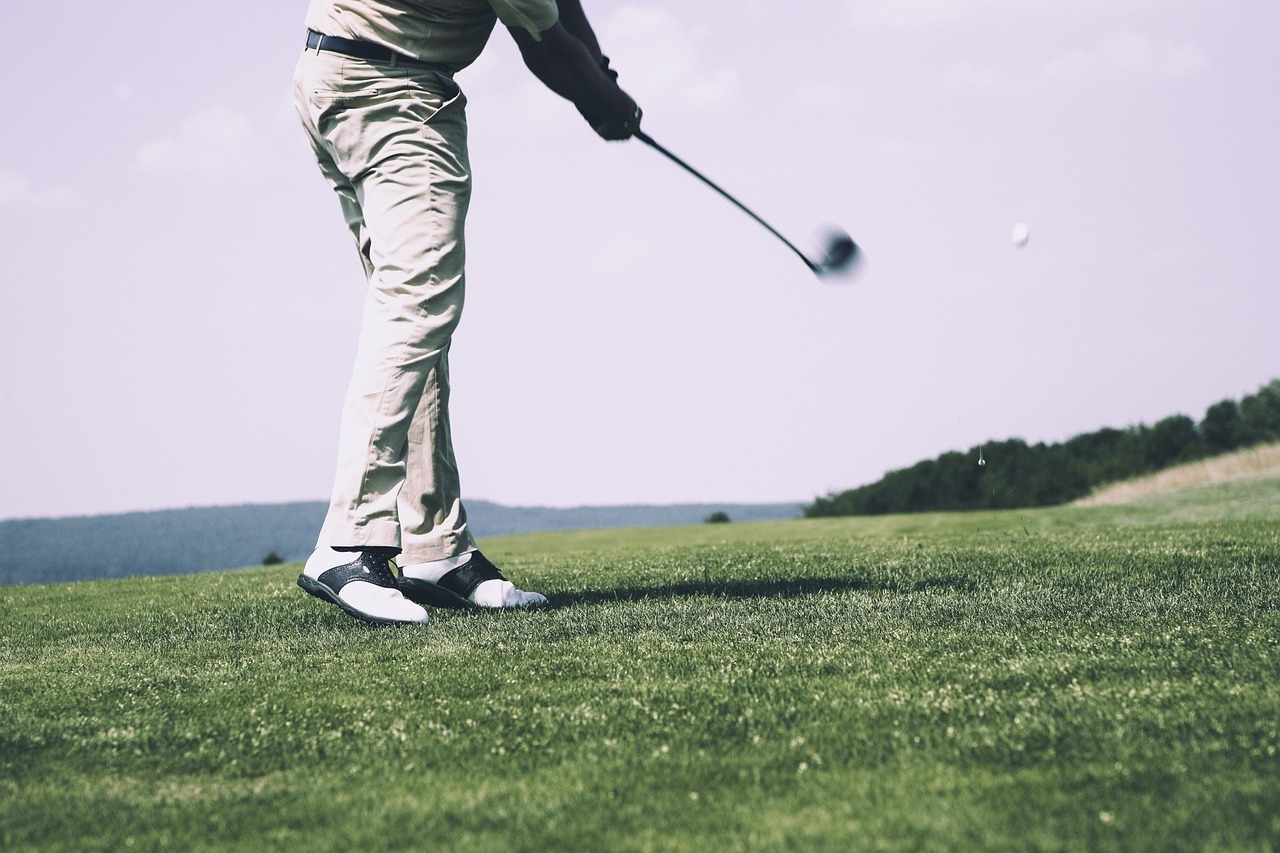Golf Clubs: Types, Use, and Choosing the Right Set
Golf clubs are the primary tools of the sport, used to move the ball from tee to hole across a variety of lies and distances. Understanding how clubs differ — by design, loft, shaft, and intended shot — helps golfers make better equipment decisions and improve consistency. Whether you’re learning the basics of a golf swing or choosing a full set, clear information about club types and fitting can simplify the buying process and support long-term improvement.

What is a golf club?
A golf club is a handheld implement consisting of a head, shaft, and grip designed to strike a golf ball. Heads vary by shape, size, and material: drivers and woods typically have larger heads for distance, irons are numbered for progressive loft and distance control, wedges offer high loft for short shots, and putters are specialized for rolling on greens. Materials and construction—steel or graphite shafts, cast or forged heads—affect feel, weight, and performance. Knowing these basics helps a golfer match equipment to playing style.
How does the golf swing affect club choice?
A golfer’s swing speed, tempo, and typical ball flight influence which clubs will perform best. Faster swing speeds generally pair well with lower-loft drivers and stiffer shafts; slower speeds often benefit from higher loft and more flexible shafts to help launch the ball. The golfer’s preferred shot shape (fade or draw), angle of attack, and consistency also matter. Club fitting measures swing characteristics and can recommend shaft flex, length, loft, and lie adjustments that align the golf swing with the correct equipment for more predictable results.
What types of golf clubs are used?
Clubs fall into several categories for different shots: drivers for maximum distance from the tee, fairway woods and hybrids for long shots from the turf, irons (numbered 3–9) for precision and approach shots, wedges for short-game loft and spin, and putters for use on the green. A standard rules-compliant set allows up to 14 clubs, so most golfers carry a combination that covers distances and shot types. Manufacturers produce game-improvement, players, and hybrid designs to help golfers of varying skill levels.
How should a golfer select clubs for the sport?
Selecting clubs involves balancing performance, comfort, and budget. Start by assessing average distances for different clubs and consider areas where you consistently lose strokes (e.g., off the tee, approach shots, short game). Attend a club fitting with local services or demo days to test shafts, lofts, and head designs. Pay attention to shaft material and flex, grip size, club length, and head forgiveness. For many golfers, investing in a fitted iron set and a well-matched driver yields measurable improvements; beginners may prioritize forgiveness and a simpler set composition.
Golf club products compared
Different brands and models target specific needs—distance, forgiveness, feel, or workability. Below is a concise comparison of several widely available products across drivers and irons. Features are stated in neutral, factual terms and cost estimates reflect typical retail ranges at the time of writing.
| Product/Service Name | Provider | Key Features | Cost Estimation |
|---|---|---|---|
| Rogue ST Driver | Callaway | Multi-material head, adjustable hosel, emphasis on distance and stability | $400–$600 |
| Stealth Driver | TaylorMade | Carbon face technology, adjustable weighting, aimed at launch control | $400–$600 |
| G425 Driver | Ping | Forgiving head geometry, adjustable hosel, consistent performance focus | $350–$550 |
| TSi2/TSR2 Driver | Titleist | Aerodynamic profile, player-focused launch characteristics | $450–$650 |
| JPX/Hot Metal Irons (select series) | Mizuno | Forged and cast iron options, focus on feel and shot control | $600–$1,200 (set) |
Prices, rates, or cost estimates mentioned in this article are based on the latest available information but may change over time. Independent research is advised before making financial decisions.
Conclusion
Choosing golf clubs is a mix of understanding equipment categories, evaluating how a golf swing interacts with club properties, and testing real products that match your needs. Whether prioritizing forgiveness, feel, or adjustability, a measured approach—using fitting services or trial sessions—helps align a golfer’s set with their game. Regular reassessment as skill and physical capabilities change will keep club selection relevant to on-course performance.






